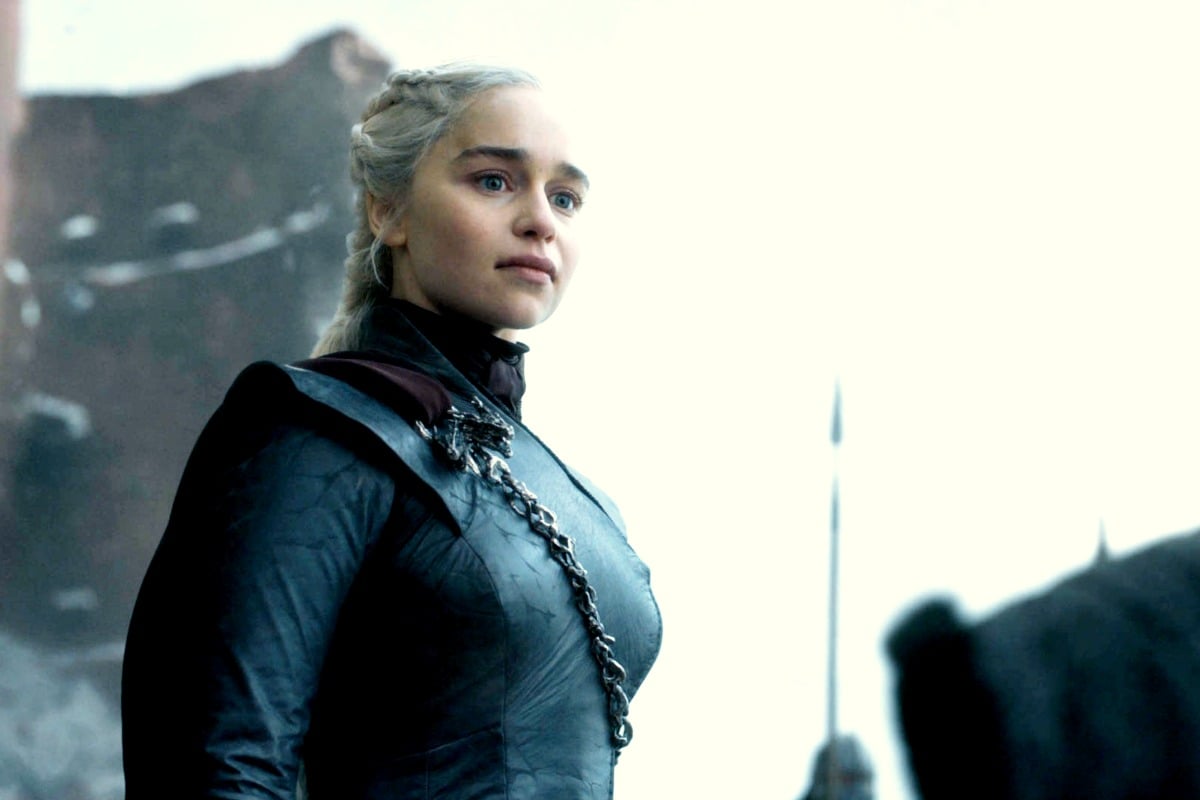
All good stories must come to an end, but it doesn’t mean all endings are good stories.
TV finales are a particularly difficult feat for showrunners and writers to pull off due to the fact that the ending to so many characters’ journeys must be woven together in a way that gives satisfying closure to both them and series as a whole. All while sticking as closely as they can to the storytelling parameters they have previously set in place.
Game of Thrones’ last episode, The Iron Throne, may have left a sour taste in many viewers’ mouths after the final credits had rolled, but for me, it actually managed to tick every box I expect in a series finale when it comes to storytelling.
It gave me a sense of closure around how each character was feeling at the end of their story (regardless of how I personally felt they should be feeling) and stayed true to the storytelling elements set in place since the day of the premiere. It was like watching a dozen puzzle pieces finally fit together.
The Game of Thrones endgame was finally on show for the world to see.
One of the biggest gripes from fans about the final two episodes of Game of Thrones was the fate of Cersei Lannister (Lena Headey) and Jaime Lannister (Nikolaj Coster-Waldau) with the twins and lovers crushed to death between the crumbling rocks of the Red Keep.
Many Game of Thrones fans have since voiced their displeasure that Cersei did not meet a more brutal end as she “deserved”, but for me, the sight of Tyrion Lannister (Peter Dinklage) weeping over the broken bodies of his siblings who had failed to escape despite his best attempts, was a fitting end for House Lannister.
In the end, Cersei was really killed by the collapse of the empire she had craved and the power she had given up everything for, and Jaime was killed by his love for her, the one aspect of his character both he and the show never wanted him to be redeemed from.

Top Comments
Finally some positive critics for the last episode! I think whatever the ending was, we would be unhappy because we didn’t want it to end at all :) I personally liked this last season. Even if it was a little rushed, the overall story was totally unexpected, and that’s what the Game of Thrones is all about.
I agree 100%! I really enjoyed the ending, and felt the characters all had endings appropriate to them. Thanks for writing this piece, it’s nice to see some positive takes for once!